Affiliate links on Android Authority may earn us a commission. Learn more.
Pinterest: How a once inspiring social media app was ruined by ads
February 20, 2020
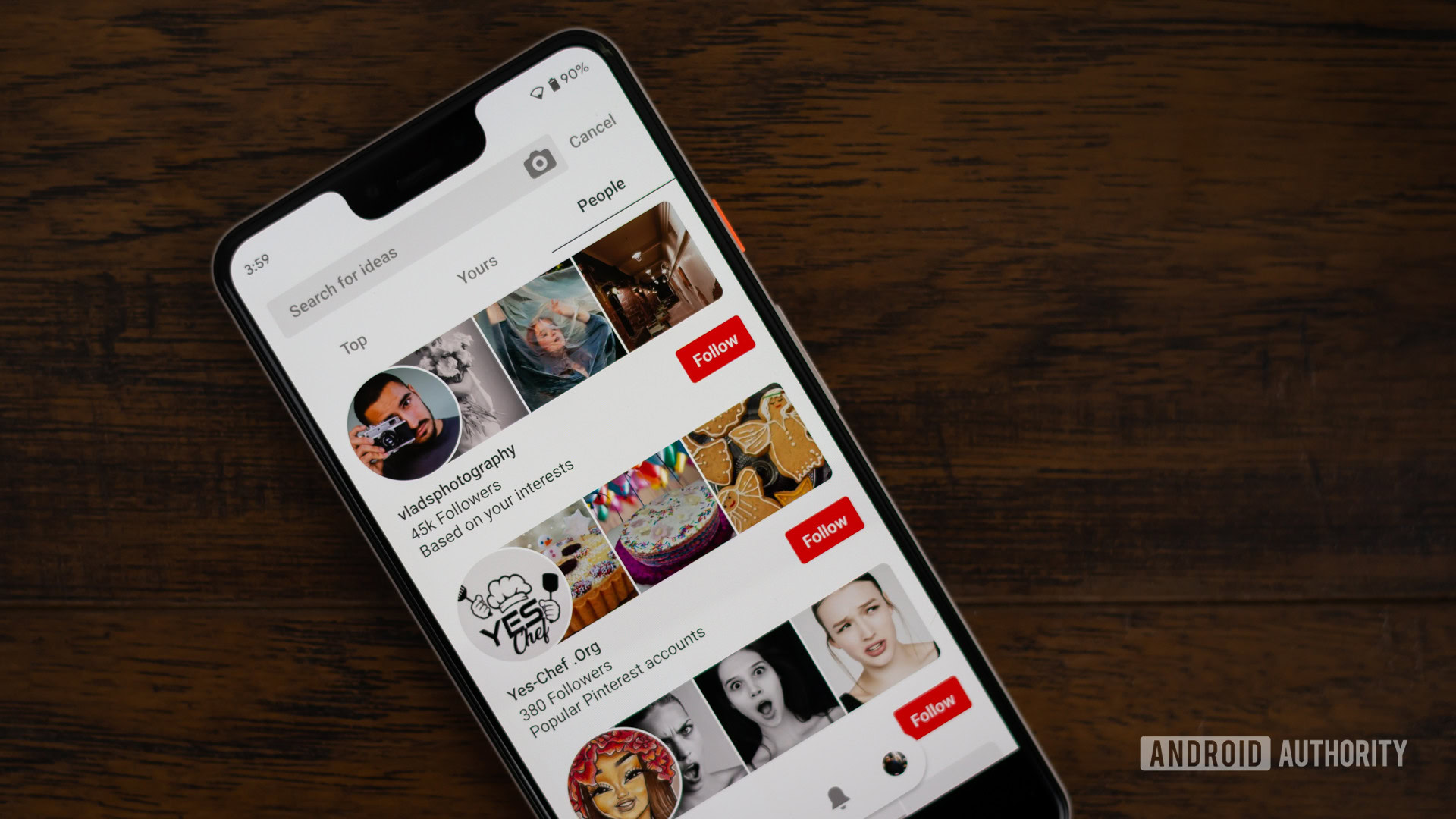
Pinterest is the largest social media platform no one seems to talk about. Although it has existed since 2010 and has an active userbase of more than 300 million monthly users, it has never cracked the zeitgeist in the same way as Facebook, Twitter, and Instagram.
But even though Pinterest has managed to avoid many of the major controversies that plague other platforms, it’s not without its problems. Once a place for ideas, it is now an ad-focused platform that tries to push products with every pin.
What made Pinterest great in the beginning
When it first came out, Pinterest stood out from other social media platforms because it was a place to find inspiration. You could create and curate your own boards without interacting with others, or you could follow friends and exchange ideas. Better yet, you could only follow specific boards.
For example, if you had a friend with excellent taste in home decor but who pinned way too many cakes for your liking, you could unfollow their desserts board. This resulted in a home feed that was tailored to your interests, but one that still allowed you to discover new and interesting things. Many of these options are still available today, but thanks to algorithm changes and an ever-constant stream of ads, the home feed is unrecognizable.
In the early days, discovering products was not the main focus. Pinterest was a hub for hobbies and ideas — gardening, cooking, DIY projects, graphic design, travel and more. Communities both big and small formed around these interests, no matter how niche.
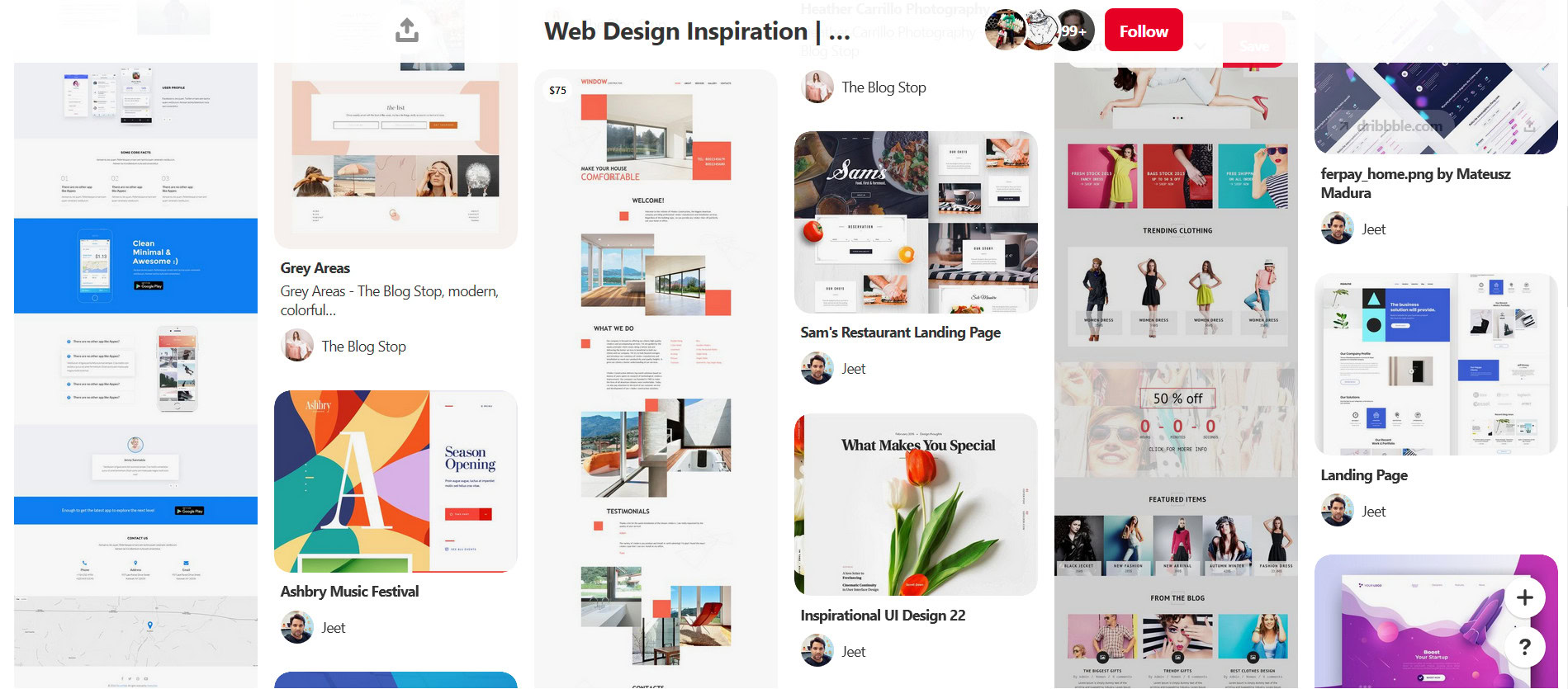
Users seemingly weren’t profiled by demographics as much as they are today either. Everyone was encouraged to create multiple boards in different categories, which in turn made it harder for people to be pigeonholed into seeing the same content over and over.
As an early adopter, I can attest that Pinterest wasn’t just makeup tips and recipe boards. It often helped me discover compelling content such as boards on book cover art, fonts, and little-known travel destinations around the globe that I wouldn’t have sought out myself. This made Pinterest one of the few social media websites I enjoyed spending time on. But this didn’t last long as new and drastic changes were introduced.
Where it went wrong
Pinterest has always had an advantage over other social media apps when it comes to ads. With many people pinning outfits, makeup, home decor, and planning future purchases via Pinterest, monetization through advertising is a natural fit for the platform. Unfortunately, the implementation of those ads has come at the expense of the overall user experience.
Advertisements were first introduced in 2013. They took the form of Promoted Pins and weren’t too aggressive. However, they are almost indistinguishable from normal content, and the only indication that a post is an ad is a small “Promoted” text under the image.

But ads ramped up significantly in 2015. It was a pivotal year for Pinterest, in which it made its first steps towards becoming a social e-commerce platform. The first addition was the (seemingly reasonable) buy button. When opening a pin uploaded directly by a retailer, you could see the price of the product and purchase it directly through Pinterest via a small blue “Buy it” button located next to the Pin it button. Many retailers partnered with the social media platform to upload their entire catalogs, flooding the website with more and more products.
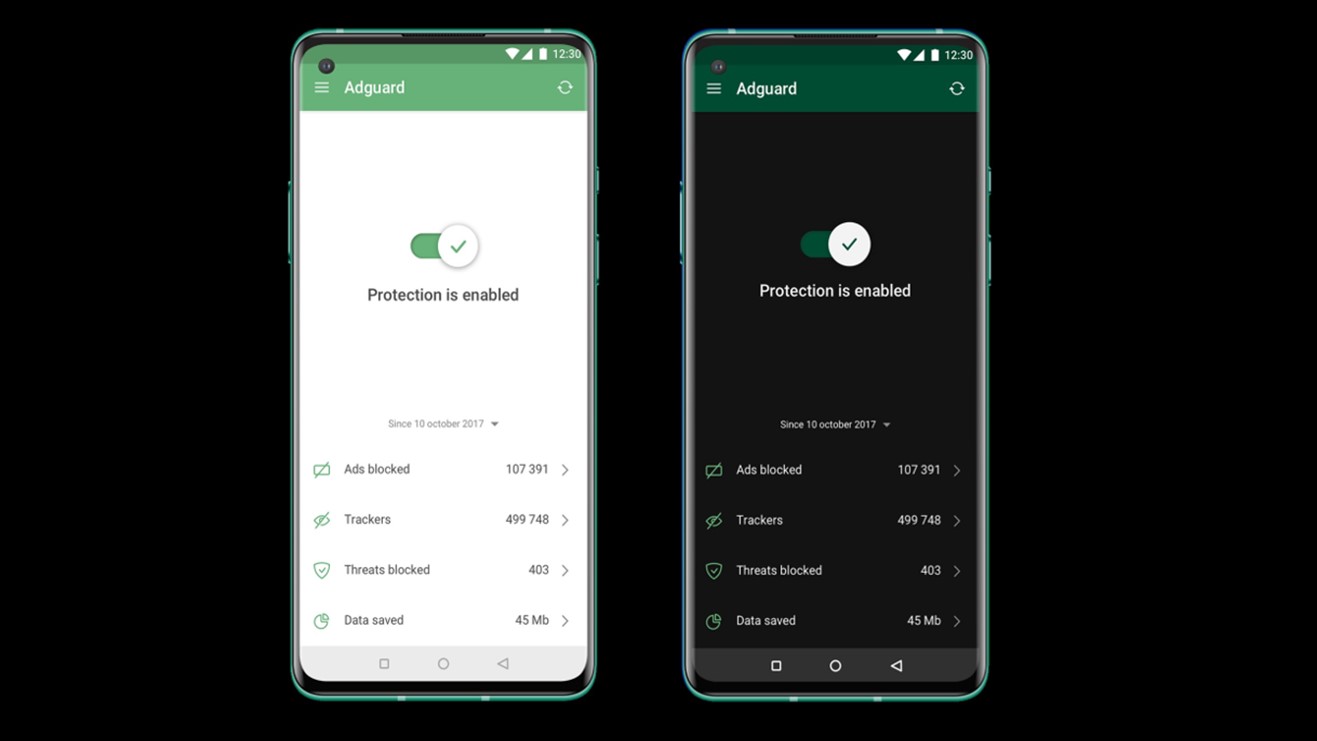
Yet, it was another feature introduced in 2015 that riled users up the most: Picked for you Pins. Under the guise of making your home feed more personalized, it basically erased what little social aspects Pinterest had left. The home feed was now populated with whatever the algorithm deemed relevant, based on Pins you clicked, stuff you pinned, and even your browsing history. The results were far from stellar, however. The algorithm was overly aggressive in recommending the same content over and over, often from brands, while displacing pins from those you follow. It’s a problem that persists to this day unless you tune your feed significantly — an option that was finally introduced in 2019.
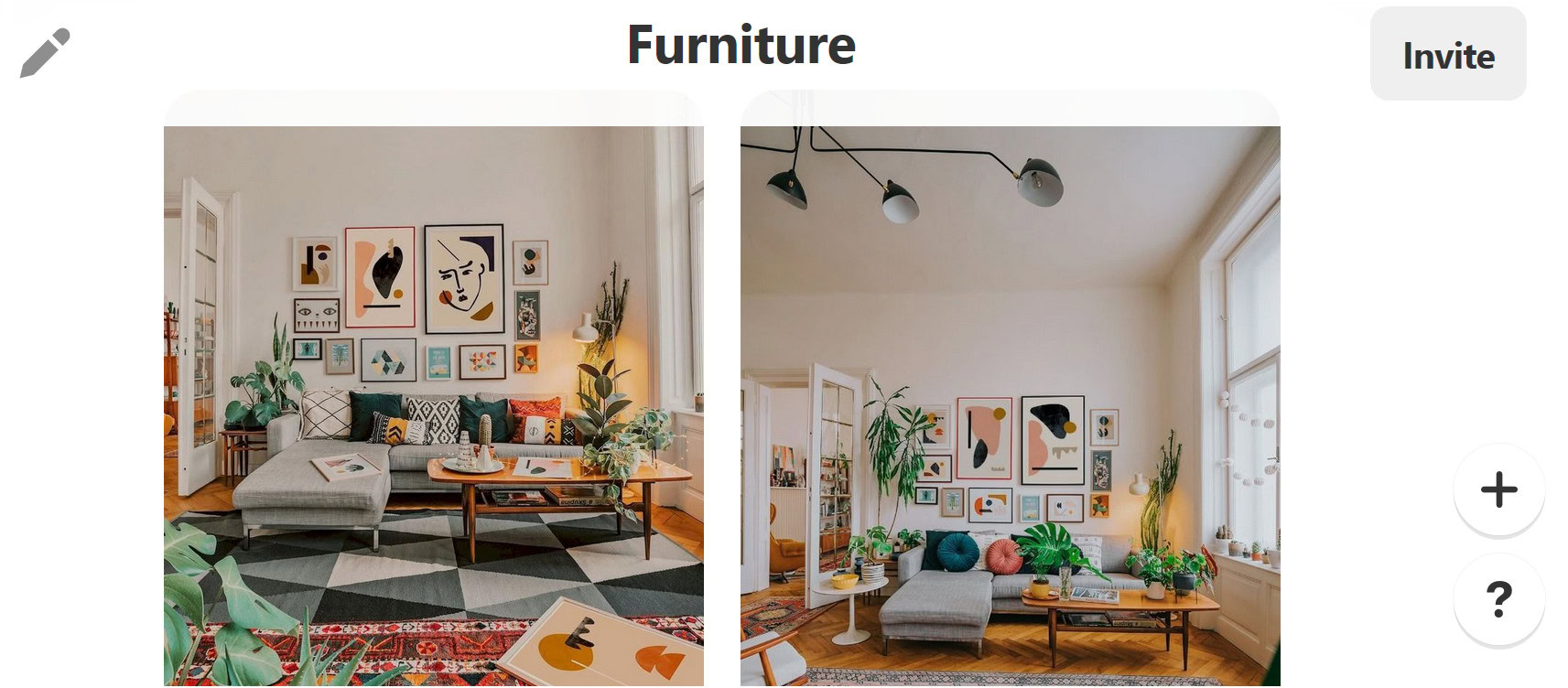
Even so, the algorithm recommends extremely homogenous content. As you can see from the photo above, two almost identical living room ideas were recommended to me in the span of a day. If you look closely, the photos were actually taken in the same room, with the same couch and table, but with slightly different decor. The color scheme and everything else strongly resembles each other. It’s likely a side effect of Pinterest’s visual search, which was implemented in 2017 and which tries to recommend content based on visual similarity.
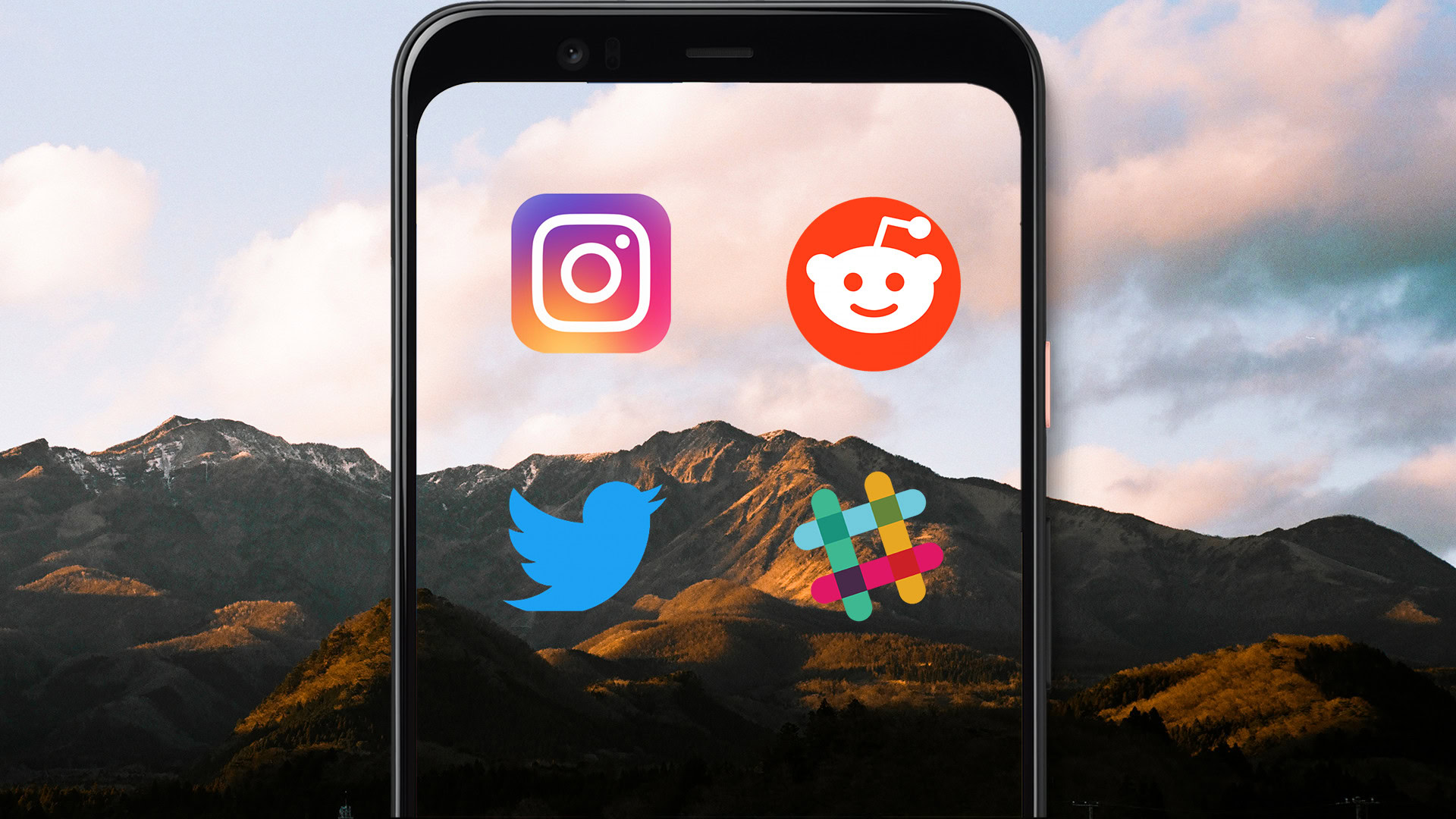
Yet, this only seems helpful if you have an extremely specific idea in mind and want to see slightly different implementations of it. Or you want to buy a specific product. Inspiration, on the other hand, often comes from outside of our comfort zone and from places we wouldn’t expect.
The state of Pinterest today: ads galore
Today, Pinterest is an e-commerce platform in all but name. The website has doubled down on its monetization efforts and has introduced even more ads and ways to shop at the expense of art and hobby content. In fact, according to digital marketing agency Omnicore, two-thirds of pins on the platform are now brand- or product-related.
Pinterest seems to operate on the presumption that you are only there to shop.
This is no coincidence. Speaking to Quartz, Jeremy King, head of engineering at Pinterest, said that his vision is for everything on the platform to be shoppable, stating, “I want to identify every single item on Pinterest and show where you can get every one of them.”
The company has been pursuing this goal in recent years with a slew of new features. The Buy button has been replaced by Shoppable Pins and Shop the Look pins. How do they work? The visual search engine tries to identify all the products displayed in a Pin and gives you direct links to a retailer’s website. If that’s not possible, you instead receive recommendations and buy links for similar-looking alternatives. I can’t deny that it’s a useful feature for some hard to find items, but the problem is that Pinterest as a whole seems to operate on the presumption that you are only there to shop.
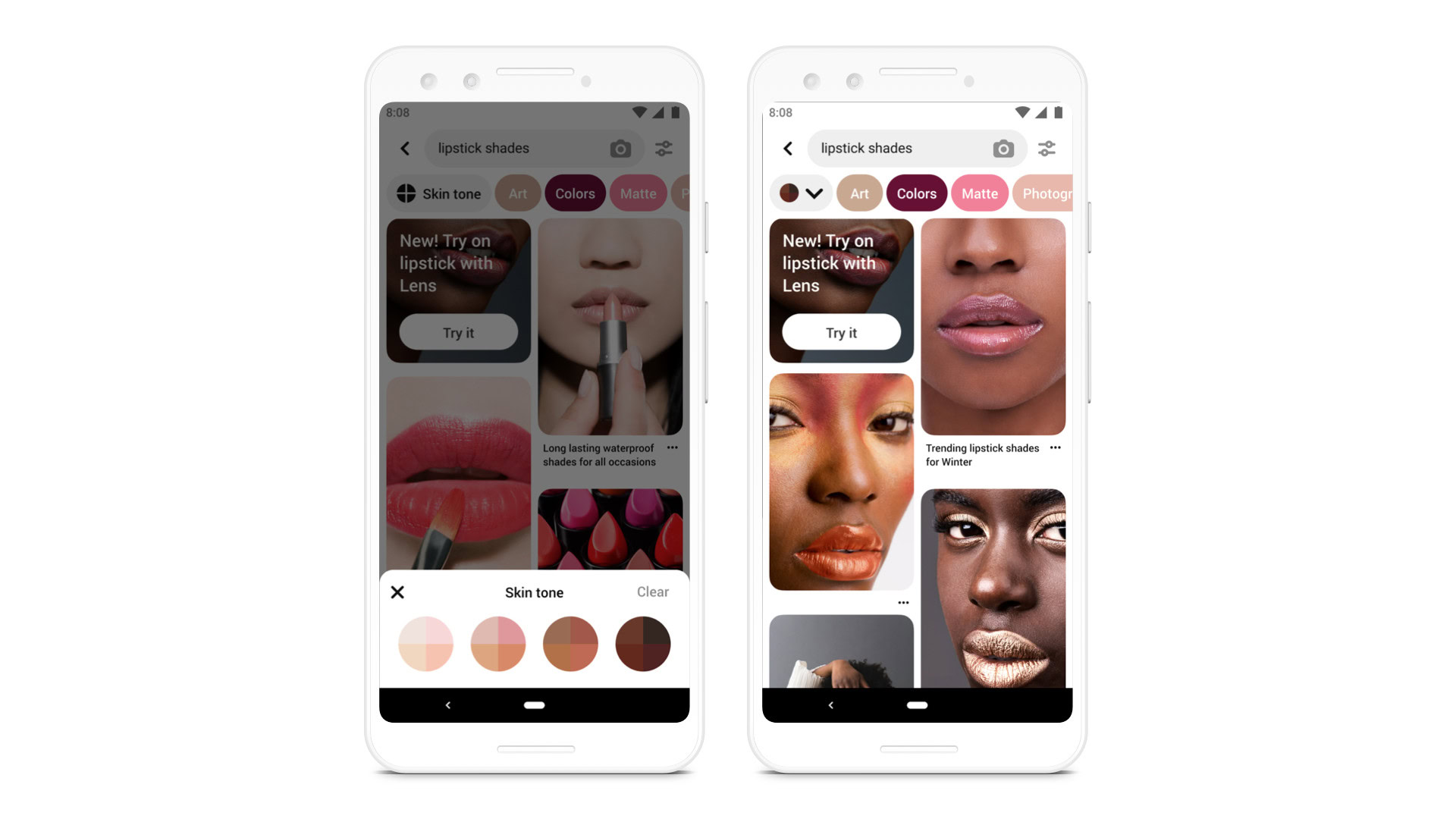
Every new feature is an e-commerce feature. You can now find browsable brand catalogs, brand product recommendations next to Shoppable Pins and even a “Complete the Look” function which recommends additional items based on an image’s background and context. For example, under a snowy pin with winter attire, you might find hat and glove product suggestions even if they’re not displayed in the photo itself. At the moment, the feature only works in the fashion and home decor categories, but I expect it will soon make the jump to other content too. Pinterest even recently introduced AR lipstick try on in partnership with various cosmetics brands. Nothing is too much in the pursuit of revenue.
Shoppable Pins are not classified as advertisements by Pinterest.
The biggest problem? Shoppable pins and the like are not classified as ads despite featuring links to retailers. This is dishonest and misleading, and makes for an even worse experience than constantly being bombarded by pins from popular brands any time you search for something.
But the worst part is that this strategy has paid off big for Pinterest. It generated over $1 billion in revenue in 2019, and is expected to reach 1.52 billion in 2020. Granted, that’s far below some of its would-be rivals. Twitter — a social media platform of a similar size with around 300 million monthly active users — made over $3.4 billion in 2019, but is far less aggressive with its advertising strategies.
With all of this in mind, I have to ask: is it time for Pinterest to drop the “place for ideas” tagline? The platform has successfully alienated many of those interested in hobby and art content and can barely call itself social media anymore. It resembles a storefront more and more by the day.
Even if the tagline stays, it’s time for Pinterest to drop the pretense and present itself for what it is — a shopping platform.